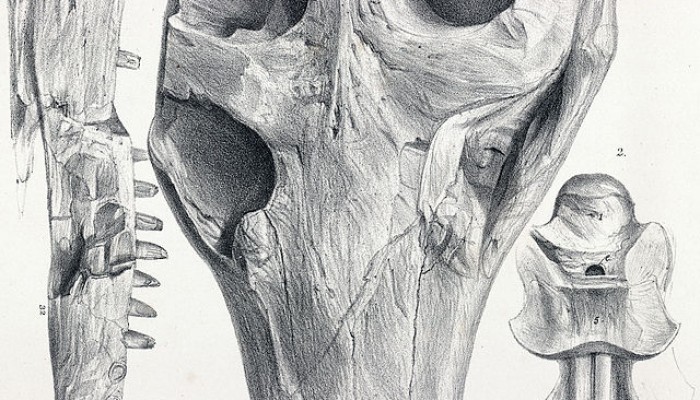Millions of years ago, crocodiles were far more diverse (and weird) than the ones we still have around today. They ranged from armoured, tank-like forms living on land and feeding on plants, to 9 metre long fully-fledged swimmers out in the open oceans.
In the Jurassic period, most of the crocs we know of were of this second kind, the whole marine forms. These comprised a group known as thalattosuchians, and they had long snouts for snapping up fish, salt glands, and even flipper-like arms and legs adapted for a swimming lifestyle. Let’s just call them fish-crocs for now.
These fish-crocs, although supreme hunters and generally awesome, went extinct at some point in the early Cretaceous, about 120 million years ago. The reasons for this are unknown, but it could be due to unfavourable environmental conditions, or perhaps they were out competed by other marine super-predators such as pliosaurs. It was a sad time for croc-kind.

